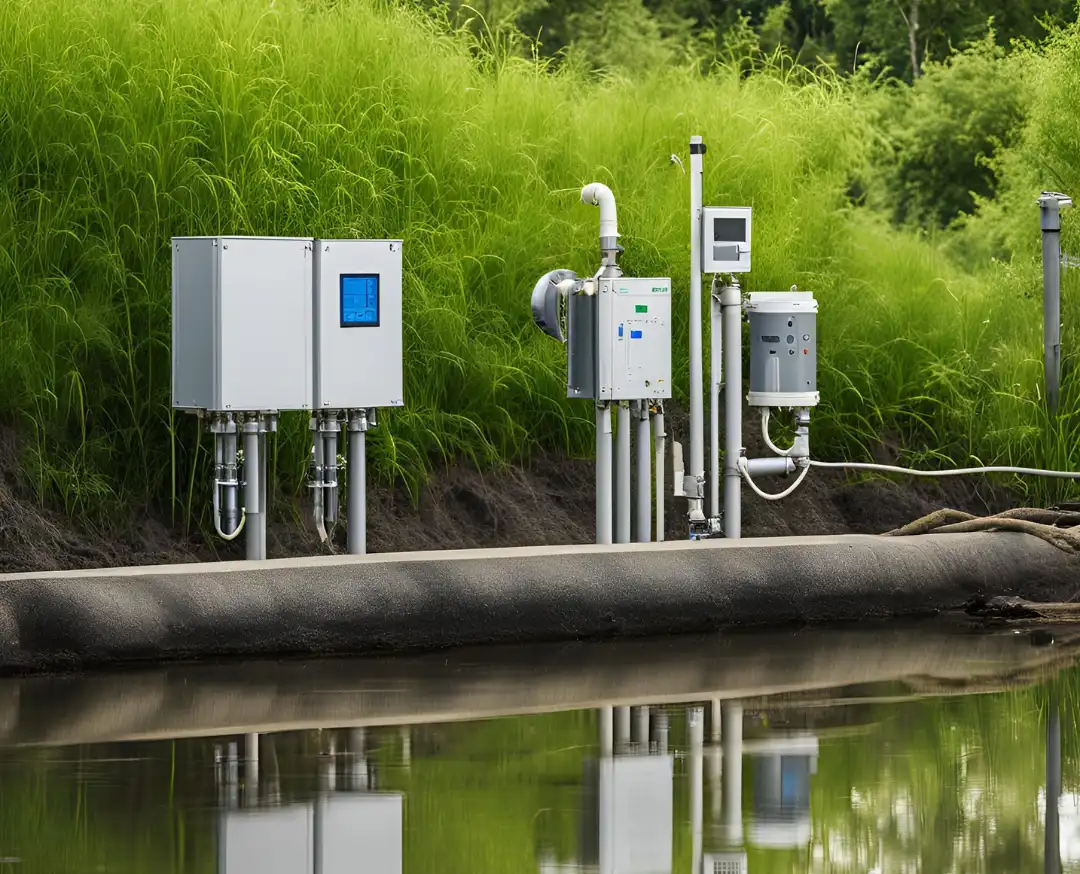Water quality sensors are versatile tools used across a wide range of industries and applications to monitor and manage water quality. Their ability to provide real-time, accurate, and continuous data makes them indispensable in ensuring safety, compliance, and optimal conditions. Below is a detailed overview of their key applications:
1. Environmental Monitoring
Water quality sensors are widely used to monitor natural water bodies such as rivers, lakes, oceans, and groundwater. This helps in:
- Tracking Pollution: Detecting contaminants like heavy metals, nitrates, and phosphates.
- Ecosystem Health: Monitoring parameters like dissolved oxygen (DO), pH, and temperature to assess the health of aquatic ecosystems.
- Climate Change Studies: Observing long-term changes in water quality due to climate change.
- Algal Bloom Detection: Measuring chlorophyll and turbidity to identify harmful algal blooms.
2. Drinking Water Treatment
Ensuring the safety of drinking water is critical, and water quality sensors play a key role in:
- Source Water Monitoring: Checking raw water quality before treatment.
- Treatment Process Control: Monitoring parameters like pH, chlorine, and turbidity during treatment.
- Distribution System Monitoring: Ensuring water quality remains safe as it travels through pipelines to consumers.
3. Wastewater Treatment
Water quality sensors are essential in wastewater treatment plants to:
- Optimize Treatment Processes: Monitor parameters like biochemical oxygen demand (BOD), chemical oxygen demand (COD), and ammonia to improve treatment efficiency.
- Compliance with Regulations: Ensure treated water meets environmental discharge standards.
- Sludge Management: Monitor conditions for effective sludge treatment and disposal.
4. Aquaculture and Fisheries
In aquaculture, maintaining optimal water quality is crucial for the health and growth of aquatic organisms. Sensors are used to:
- Monitor Dissolved Oxygen (DO): Ensure adequate oxygen levels for fish and other species.
- Control pH and Temperature: Maintain stable conditions to prevent stress or mortality.
- Detect Harmful Substances: Monitor ammonia, nitrites, and other toxins.
5. Industrial Processes
Industries rely on water quality sensors to ensure the quality of water used in their processes:
- Cooling Systems: Monitor water quality in cooling towers to prevent scaling and corrosion.
- Boiler Water Treatment: Ensure proper pH, conductivity, and dissolved oxygen levels to avoid damage.
- Manufacturing Processes: Maintain water quality for product consistency (e.g., food and beverage, pharmaceuticals).
6. Recreational Water Management
Water quality sensors are used to ensure the safety of water in recreational areas:
- Swimming Pools and Spas: Monitor chlorine levels, pH, and turbidity to maintain clean and safe water.
- Beaches and Lakes: Detect harmful bacteria or pollutants to protect public health.
7. Agricultural Water Management
Farmers use water quality sensors to:
- Irrigation Water Quality: Monitor salinity, pH, and nutrient levels to optimize crop growth.
- Aquaponics and Hydroponics: Maintain ideal conditions for plant and fish health in integrated systems.
8. Research and Education
Water quality sensors are valuable tools for:
- Scientific Research: Studying water ecosystems, pollution, and treatment methods.
- Educational Purposes: Teaching students about water quality and environmental science.
9. Smart Water Management
With the integration of IoT (Internet of Things) and advanced data analytics, water quality sensors are used in:
- Smart Cities: Monitor urban water systems for leaks, contamination, and efficiency.
- Remote Monitoring: Collect data from inaccessible or hazardous locations.
- Predictive Maintenance: Identify potential issues in water systems before they become critical.
10. Disaster and Emergency Response
Water quality sensors are critical during emergencies:
- Floods and Storms: Monitor contamination and ensure safe drinking water.
- Oil Spills and Chemical Leaks: Detect pollutants and track their spread in water bodies.
11. Mining and Oil & Gas Industries
In these industries, water quality sensors are used to:
- Monitor Effluents: Ensure compliance with environmental regulations.
- Process Water Management: Maintain water quality for extraction and processing activities.
12. Desalination Plants
In desalination, sensors are used to:
- Monitor Feedwater Quality: Ensure efficient operation of desalination systems.
- Control Product Water Quality: To meet drinking water standards, check for salinity, pH, and other parameters.
Examples of Water Quality Sensors in Action
- Multiparameter Sondes: Used in environmental monitoring and aquaculture to measure DO, pH, conductivity, and temperature.
- Chlorine Sensors: Deployed in drinking water treatment plants to monitor chlorine levels.
- Optical Turbidity Sensors: Used in wastewater treatment to measure suspended solids.
- IoT-Enabled Sensors: Deployed in smart cities for real-time water quality monitoring.
Benefits of Using Water Quality Sensors
- Real-Time Data: Enables immediate action to address issues.
- Cost Savings: Reduces the need for manual sampling and lab analysis.
- Improved Accuracy: Minimizes human error and provides reliable data.
- Enhanced Efficiency: Optimizes processes in treatment plants, aquaculture, and industries.
In summary, water quality sensors are essential for ensuring water resources’ safety, efficiency, and sustainability across various sectors. Their applications range from environmental protection to industrial processes, making them a cornerstone of modern water management.

